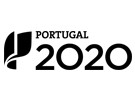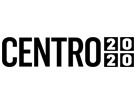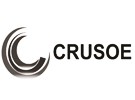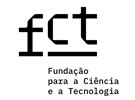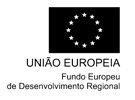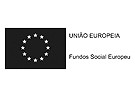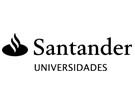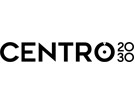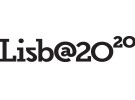



Publication in the Diário da República: Despacho nº 3359/2013 - 01/03/2013
4 ECTS; 2º Ano, 1º Semestre, 45,0 TP + 3,0 OT , Cód. 964437.
Lecturer
- Maria Filipa Ferreira da Silva Pias (1)(2)
(1) Docente Responsável
(2) Docente que lecciona
Prerequisites
Not applicable.
Objectives
1. In-depth understand of typography in order to be able to use it properly in each graphic product having in mind communicative accuracy;
2. understand and apply ergonomic rules for legibility and readibility;
3. critically analyse graphic design according to communication principles.
Program
1. Typography: historical evolution of type, type classification and samples of type in use;
2. Typographic rules for legibility and readability:
2.1. Display and text type;
2.2. Legibility and readability;
2.3. X-height;
2.4. The cases;
2.5. With and without serifs;
2.6. Weight and contrast;
2.7. Letter shapes;
2.8. Leading;
2.9. Spacing type;
2.10. Text alignment;
3. Colour theory applied to graphic design;
4. Signage and pictograms;
5. Diagrammatic representation;
6. Graphic design cases analysis.
Evaluation Methodology
Mid-term assessment:
1. Practical project covering the content taught in class (50%).
2. Written test covering taught subject matter (50%).
In order to be qualified to take the exam, students must have obtained a minimum mark of 8/20 on continuous a
Bibliography
- Andrew, H. e Baines, P. (2002). Type & Typography. Londres: Laurence King Publishing
- Frutiger, A. (2001). En torno a la tipografia. . Barcelona: Gustavo Gili
- Lupton, E. (2010). Thinking with Type: A Critical Guide for Designers, Writers, Editors, and Students (Design Briefs). EUA: Princeton Architectural Press
- Rayan, A. (2006). Pictograms, Icons & Signs: A Guide to Information Graphics. Londres: Thames & Hudson Ltd
- Spiekermann, E. e Ginger, E. (2013). Stop Stealing Sheep & find out how type works. Berkeley, EUA: Adobe press
- UEBELE, A. (2007). Signage systems & information graphics. A professional sourcebook. China: Thames & Hudson
Teaching Method
1. Lectures supported by datashow on subjects written and prepared by the lecturer;
2. Tutorials comprising analysis of communication texts according to communication ergonomics parameters.
Software used in class
N. A.
